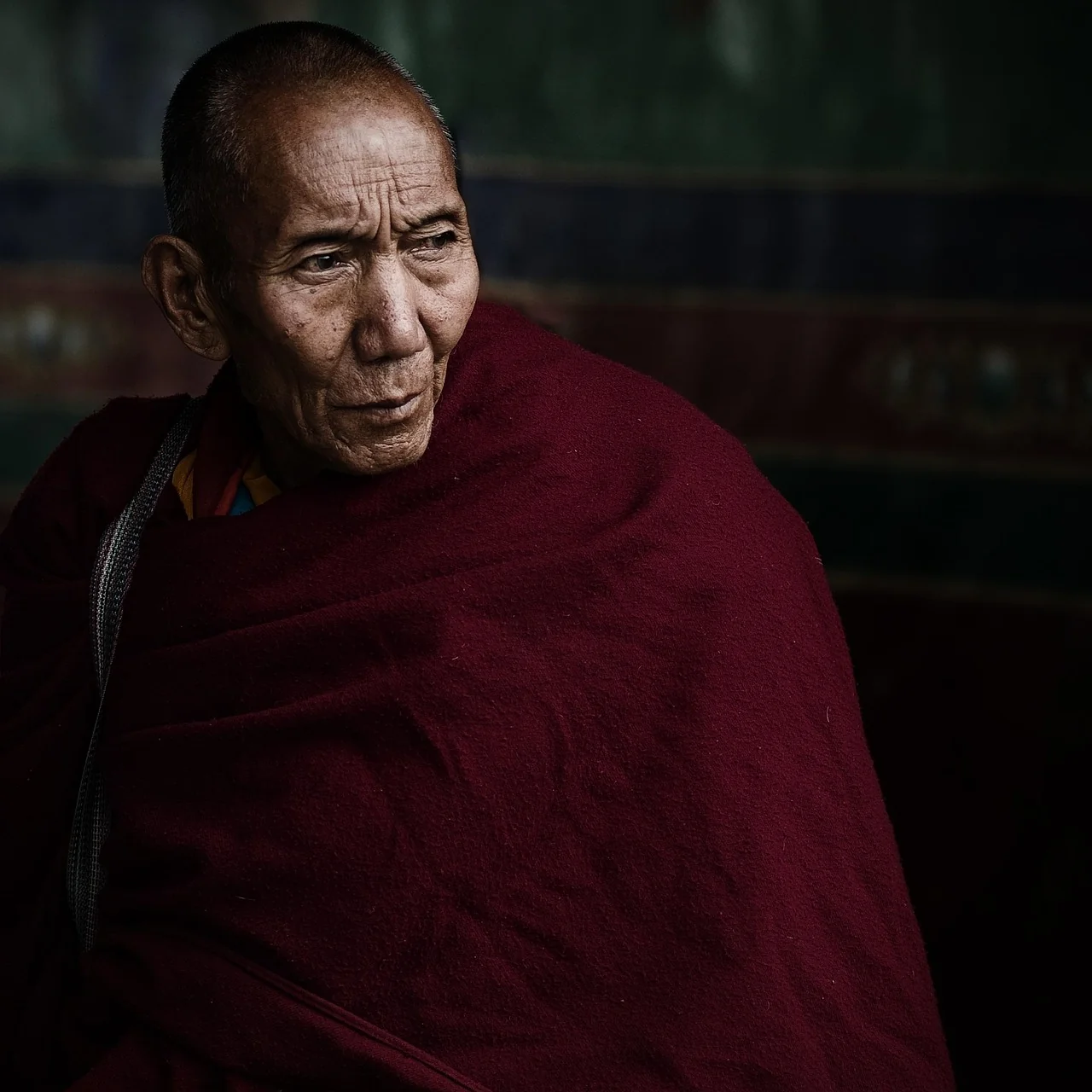In the relentless hum of modern life, finding a true sense of calm can feel like a distant dream. You might be asking yourself, "Is it even possible to quiet the noise?" The answer is a profound yes. The journey of how to find inner peace with yourself is not about escaping to a remote mountaintop, but about discovering an unshakable calm within, right where you are. It’s the ability to navigate life's inevitable storms from a centered and grounded place, less rattled by external chaos and more connected to your inner strength.
This isn't a destination for a select few; it's a practical skill you can cultivate. This guide is your map. We'll move beyond theory and dive into actionable meditation and mindfulness techniques designed for real life. You'll learn how to start with simple breathing exercises, integrate moments of calm into your busy routine, and foster the self-compassion needed to make this inner peace last. Ready to begin? Let's take the first step together.
What Does It Truly Mean to Find Inner Peace with Yourself?
Inner peace is not a magical state where you never feel stress, anger, or sadness again. Instead, it is the emotional and mental calmness you can access even amidst life's chaos. It’s the steady anchor in a stormy sea. This state allows you to observe your thoughts and feelings without being completely controlled by them. The benefits are profound: reduced anxiety, sharper focus, and a deeper, more authentic connection with yourself and others. It is the foundation for a resilient and centered life.
The First Step: Acknowledging and Accepting Your Present Moment
The journey to inner peace begins right here, with exactly how you feel in this moment. Many people try to fight or ignore uncomfortable emotions, but this only creates more internal conflict. The first step is to practice non-judgmental awareness.
Take just two minutes to try this:
- Sit comfortably and close your eyes.
- Bring your attention to your breath without trying to change it.
- Simply notice the physical sensations in your body—any tension, warmth, or pressure.
- Acknowledge any thoughts or emotions that arise. Instead of pushing them away, mentally note, "I am feeling anxious," or "I am having a worried thought."
This practice of acceptance is not about giving up; it’s about meeting yourself where you are.
A Beginner's Guide to Meditation for Inner Peace
Meditation is the practical training ground for your mind. It strengthens your ability to return to a place of calm. Here is a simple, step-by-step guide to get you started. If you're new to this practice, our guide on how to meditate for beginners at home offers a perfect, gentle introduction.
Find a quiet space and sit in a comfortable position, with your back straight. Set a timer for just five minutes to begin.
- Gently close your eyes and bring your full attention to your breath.
- Notice the physical sensation of the air entering your nostrils, filling your lungs, and your abdomen rising and falling.
- Your mind will wander—this is completely normal and expected. When you notice your thoughts have drifted, gently and kindly guide your focus back to your breath.
The entire practice is in this gentle return. Each time you do it, you are building your mental muscle for peace.
Integrating Mindfulness into Your Daily Routine
You don’t have to be on a meditation cushion to cultivate peace. Mindfulness is the art of bringing your full attention to your everyday activities. These small practices build a continuous thread of awareness throughout your day.
Simple Mindful Practices
- Mindful Eating: For one meal today, eat without distractions. Notice the colors, smells, textures, and flavors of your food.
- Mindful Walking: As you walk, feel the sensation of your feet connecting with the ground. Notice the rhythm of your steps and the air on your skin. You can turn this into a formal practice by following our guide on how to do walking meditation.
- Mindful Listening: When someone is speaking, give them your complete attention. Listen to understand, without planning your response.
Cultivating Self-Compassion on Your Journey
The path to inner peace is not always smooth. You will have days where your mind feels busy and meditation is difficult. During these times, self-compassion is your most important tool. Instead of criticizing yourself for a "bad" meditation or a moment of anger, treat yourself with the same kindness you would offer a close friend.
Acknowledge that you are learning and growing. Speak to yourself gently. This shift from self-judgment to self-compassion removes a major internal barrier to peace, allowing you to approach your practice with patience and consistency. Your inner peace grows in the soil of your own kindness. For a deeper exploration of these concepts, our comprehensive guide on how to find your inner peace offers further insights and strategies.
The journey to inner peace is not a distant destination but a continuous practice woven into the fabric of your daily life. By embracing self-acceptance over criticism, practicing mindfulness to anchor yourself in the present, and setting healthy boundaries to protect your energy, you lay a sturdy foundation for lasting serenity. Remember that this is a personal path, unique to you, and progress is measured in small, consistent steps rather than perfection. The peace you seek is not found by silencing life’s storms, but by learning to find calm within them. It is an internal anchor, always accessible through your breath and your intention. Start today by integrating just one of these practices—a few minutes of quiet reflection, a moment of gratitude, or a conscious breath. Be patient and compassionate with yourself as you cultivate this quiet strength, for the relationship you build with yourself is the most important one you will ever have. Your inner peace is not only possible; it is waiting for you to claim it.



